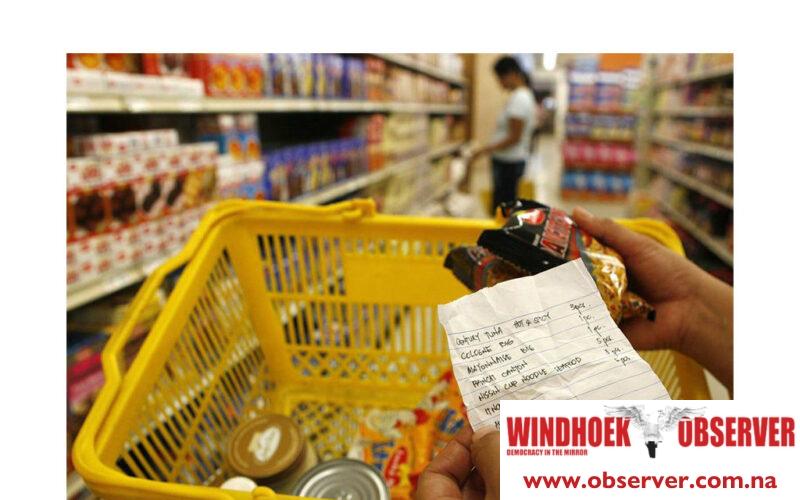Justicia Shipena
Fuel price reductions announced in June, backed by over-recoveries in May, are expected to help keep the country’s headline inflation below 4% in the near term.
This is according to Almandro Jansen, a junior economist at Simonis Storm Securities.
Jansen said this brings some short-term relief for households, especially amid slow wage growth.
However, he noted that underlying risks continue to weigh on the economic outlook.
The country’s annual inflation rate eased to 3.5% in May 2025, slightly down from 3.6% in April and from a recent peak of 4.2% in March.
Much of the decline came from reduced fuel and housing inflation, which helped ease cost pressures for consumers.
While disinflation is a welcome development, Jansen warned that the trend should be approached with caution.
In his report on private sector credit extension for May 2025, Jansen noted that “external pressures remain a real threat, particularly for an import-dependent economy like Namibia.”
One such risk is the potential reintroduction of tariffs on Chinese goods when the U.S. 90-day tariff review period ends on July 9.
He said any changes could disrupt global trade and raise shipping and input costs, indirectly pushing up prices in Namibia.
Geopolitical tensions in the Middle East and Eastern Europe continue to create volatility in global energy and commodity markets.
Jansen said since Namibia relies heavily on fuel and industrial imports, the country remains vulnerable to rising external costs.
Domestically, the weakening rand and rising production costs in South Africa are starting to impact local prices.
Given the Namibian dollar’s peg to the rand, he said these regional developments feed directly into the local inflation environment.
If external pressures persist, Jansen noted that the Bank of Namibia (BoN) may find its ability to lower interest rates limited, even though the local economy would benefit from more accommodative monetary policy.
This comes as the country’s household debt stock rose by N$166 million in May 2025, reaching N$68.9 billion.
According to Simonis Storm, credit growth remains positive, but borrowing patterns show that consumers continue to navigate rising costs and weak income growth with caution.
Mortgage credit contracted by 0.7% year-on-year in May, reversing a brief increase of 0.9% in April.
Despite this, the total mortgage book stood at N$45.7 billion, reflecting steady activity among more financially stable households.
“Broader housing market participation remains limited due to high property prices relative to income, especially for first-time and lower-income buyers.”
Jansen stated that other loans and advances grew by 5.9% year-on-year, with a monthly increase of N$64 million.
This suggests greater prudence among middle-income earners, many of whom face uncertain income prospects and are avoiding new debt.
Household overdraft credit continued to decline, contracting at –12.7% year-on-year, which is a slight improvement from the –17.2% recorded in April.
The overdraft balance declined to N$2.7 billion, indicating that lower-income consumers are steering clear of short-term debt due to tight budgets and limited financial buffers.
In contrast, instalment and leasing credit continued to perform strongly, remaining at N$8.2 billion with a year-on-year growth rate of 14.4%.
Vehicle financing in the mid- to upper-income segments primarily supported this.
However, even this category may be slowing, as passenger vehicle sales dropped by 31.2% month-on-month to 461 units, the lowest since September 2024.
Overall, household credit growth in May indicates a cautious, asset-focused approach.
Jansen said borrowers continue to prioritise secure, long-term loans while avoiding unsecured credit.




